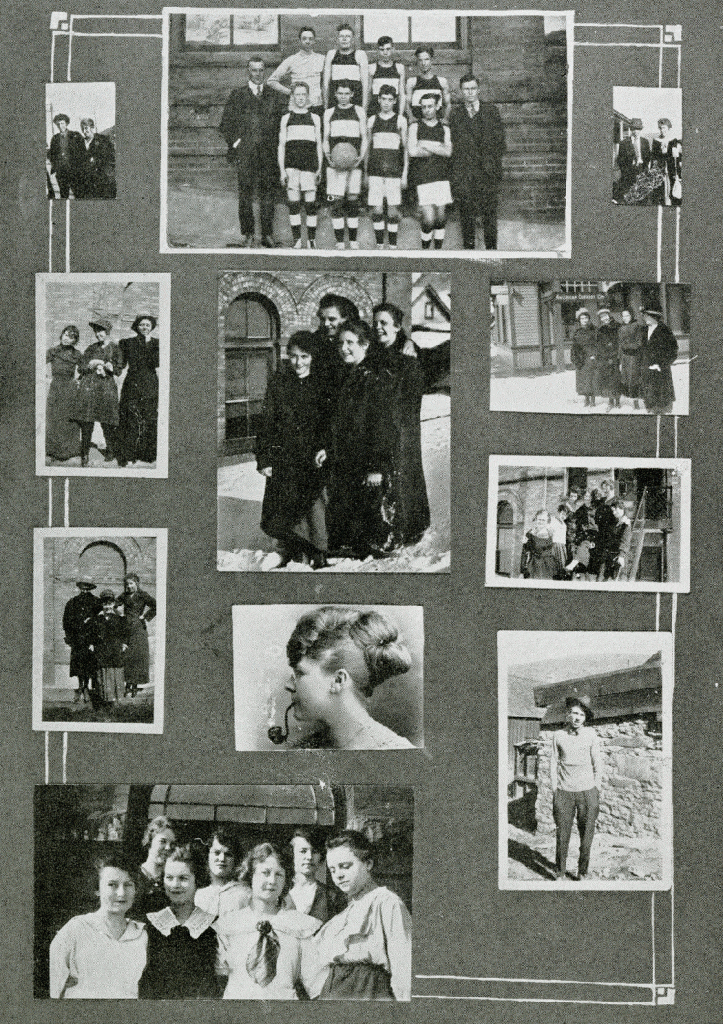As is tradition for this column as the year winds down, let’s take a look at Park City’s history and the “way we were” one hundred years ago, in 1918.
Much like 2018 has been for us, 1918 was a rocky year for the world. Though an end was in sight for one of the bloodiest conflicts in history, World War I still raged. Having joined the fight in April 1917, millions of young Americans had already been sent overseas and communities across the country felt the consequences.
Park City life was affected by the war. Dozens of Parkites served in Europe and elsewhere. Post office boxes were full of letters home detailing the realities of everyday life on the front. On their journeys, many soldier boys marveled at the new opportunities that faced them, even amongst the distress of war. Klyde Peterson, for example, wrote of Coney Island and the crowds of New York City, something he hadn’t experienced in his quiet mountain life here in Utah.

Credit: Park City Historical Society and Museum, May Paxton Collection
The annual Fourth of July celebration was a different affair from previous years. Short of funds because of home front sacrifices and donations to causes like Red Cross, citizens rallied to create a homemade party of the highest order. Patriotism was strong as Parkites decorated the city with flags, organized choral societies, hosted speeches and picnics, and danced the night away.
The Park City High School graduating class that year included Roger Traynor, who went on to study at Berkeley and become a California Supreme Court judge.
The city lost two of its best known citizens in 1918: David Keith succumbed to pneumonia in April and Father Galligan passed away in June. Keith had been a mining pioneer, working as foreman at the Ontario and helping install and run the famed Cornish pump before investing wisely in the Silver King and making millions. Father Galligan was, at the time of his death, the longest serving Catholic priest in Utah. He’d called Park City’s own St. Mary’s church home for thirty-five years.
The war officially ended on November 11, 1918. Park City’s soldier boys began to return home at what probably felt like an agonizingly slowly rate. But in the midst of happy reunions, a new enemy ravaged the population: influenza.
Though the first recorded American case of the so-called “Spanish flu” was in Kansas in March, the disease spread rapidly that fall. In a single week at the end of October, 21,000 Americans died. On October 11, Park City closed its schools and public gathering places. On October 29, the mayor of Park City issued a ruling requiring face masks in public. November and December saw new cases reported daily.
As 1918 drew to a close, Park City was a changed town. The streets were mostly quiet due to quarantine, and many homes were missing loved ones. But Parkites gently and with full hearts wished each other a prosperous new year.
Happy new year from the Park City Museum!